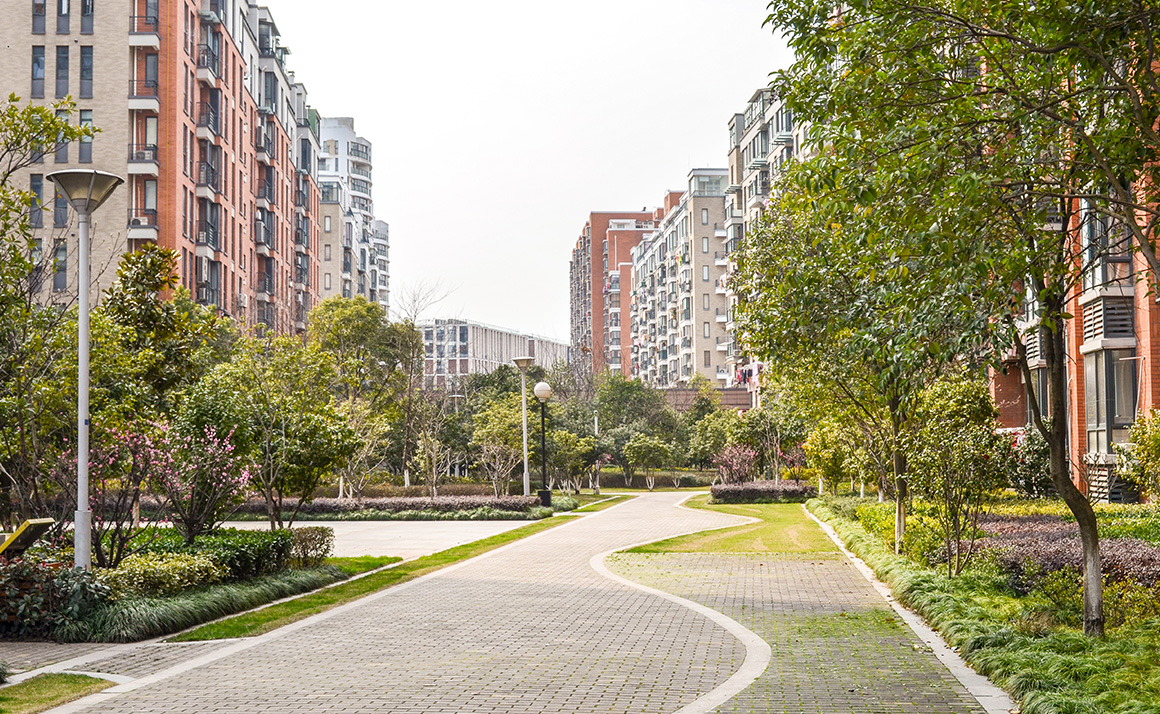
Rental housing and hi-tech manufacturing are China’s bright spots
Discover the challenging landscape of China's property market, impacted by economic woes and investor uncertainty. Despite the downturn, find potential in multifamily residential and strategic sectors.
China’s property market has been hit hard by a weakening economy and a lack of consumer, business and investor confidence, however, there are still sectors with potential for investors.
The real estate sector, and in particular the residential sector, has struggled to recover despite a number of government support measures announced earlier this year. Investment in the main commercial sectors – office, retail and logistics – has been weak. Furthermore, the government appears unwilling to undertake a widespread bailout of the economy.
James Macdonald, Head of Research and Consultancy at Savills China, says: “It is a very challenging environment for real estate investors. Due to the weakness of the economy, even first-tier city occupancy rates and rents are under pressure. Investment transactions in the second quarter totalled only $6.1 billion, down 44% from the same period in 2022.”
International investors are doubly cautious due to political uncertainties and the weakening currency, on top of China’s faltering economy. Even the logistics sector, which performed well during the early years of the pandemic, is suffering due to a lack of consumer confidence and spending. Macdonald says vacancy is above 20% across most of China.
However, there are a few bright spots, most notably rental residential. Multifamily residential has strong state support and the supply of good assets is relatively limited. This has not escaped investors’ notice. MSCI Real Assets reported that rental and senior housing transactions made up 8% of China’s real estate investment volumes in the first half of this year, twice as much as for the same period in 2022.
“Multifamily looks attractive if you are able to acquire assets off 4.0-4.5% yields,” says Macdonald, “And a number of investors are also looking to build platforms in the ‘living’ sectors. Building expertise in multifamily could be the springboard for getting involved in student, dormitory or senior housing.”
Investors are also targeting sectors deemed strategic by the Chinese government, such as high-tech manufacturing, life sciences and R&D space, says Macdonald. “The government is very supportive of developing China’s technology and manufacturing capacity, so there’s quite a lot of money going into those sectors. That said, some of these sectors are relatively niche in the context of the whole real estate market and pricing is tight as it is one area of the market with activity.”
While the prospects for China real estate look cloudy today. Macdonald notes that with almost zero inflation and lower interest rates, China is in a different position to much of the rest of the world and thus will offer diversification in a global portfolio. “Obviously, at the moment, the short-term prospects are relatively poor. However, the whole point of having a global portfolio is taking advantage of the diverse factors which influence performance, so you don’t put all your eggs in one basket and have an unforeseen issue have a materially adverse effect on the value of the portfolio.”
Further reading:
Savills China Research
Contact Us:
James Macdonald



